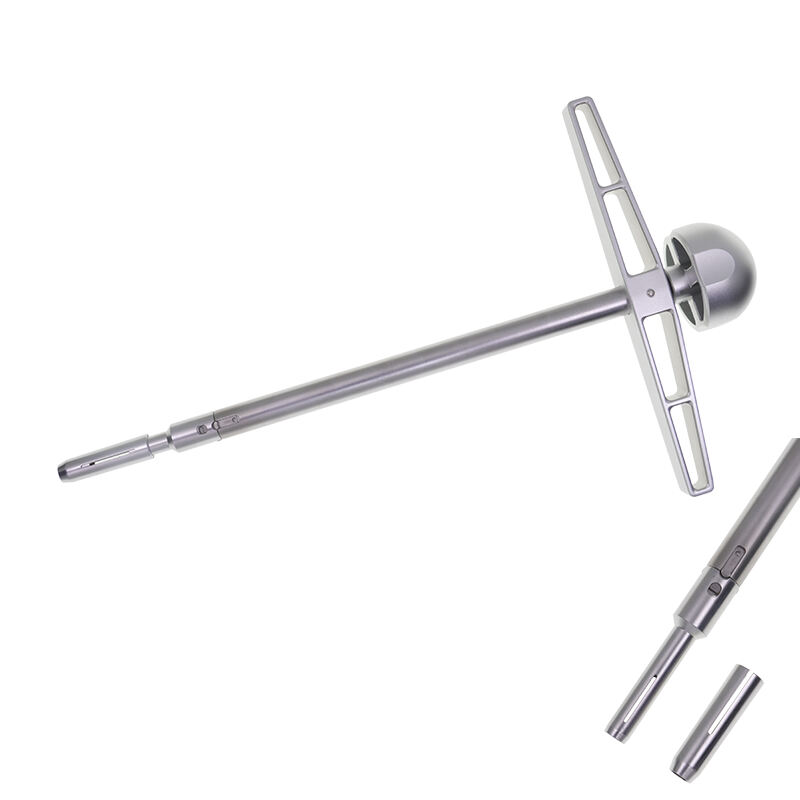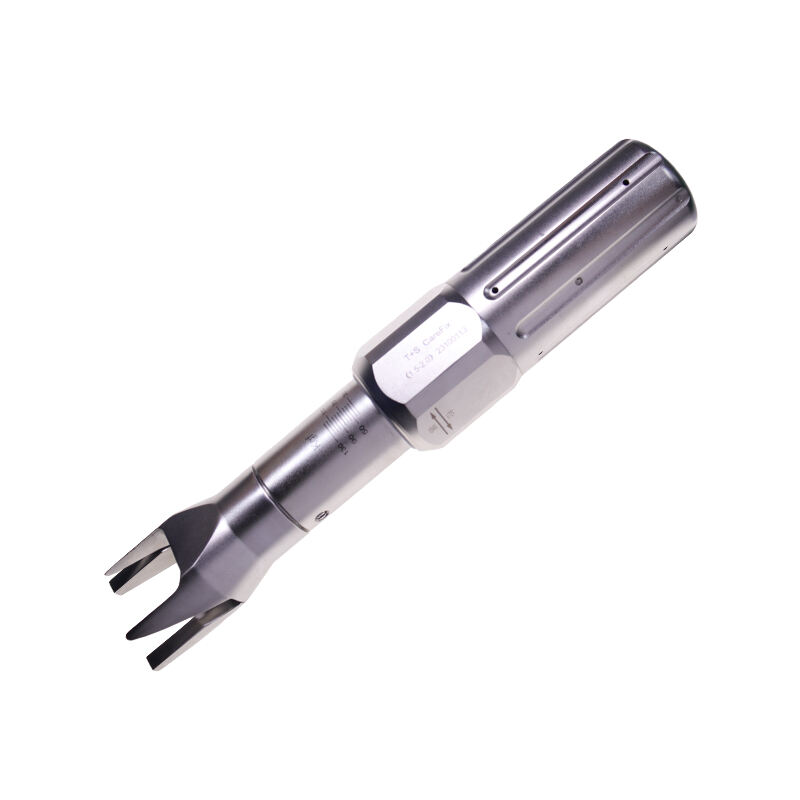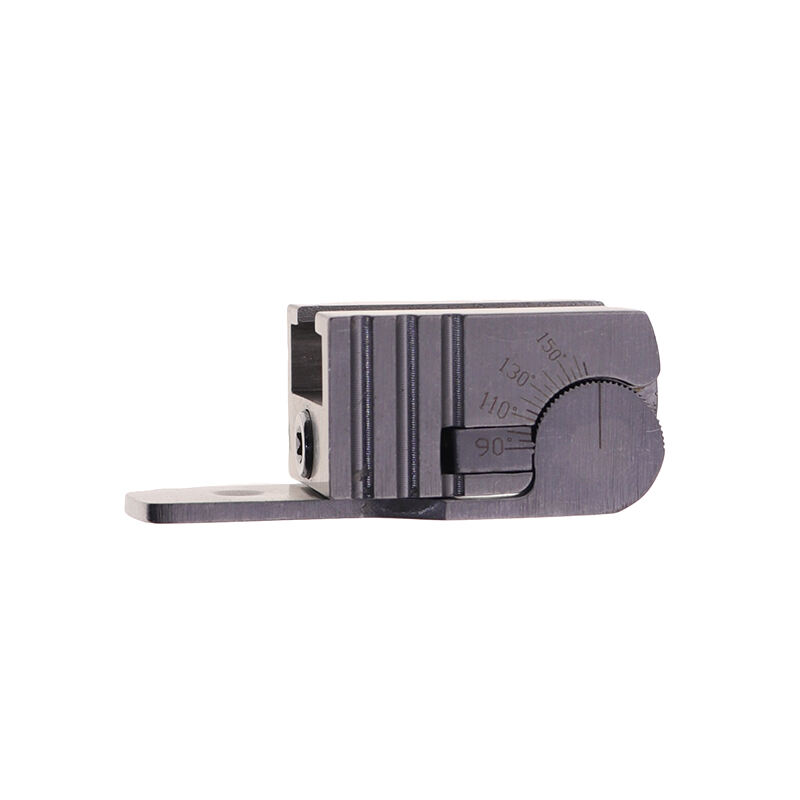surgical instruments used in orthopedic surgery
Orthopedic surgical instruments represent a sophisticated array of specialized tools designed to perform precise skeletal and soft tissue procedures. These instruments include power tools like surgical drills and saws equipped with advanced speed control systems and ergonomic designs for optimal handling. Essential manual instruments such as osteotomes, bone-cutting forceps, and specialized retractors are crafted from high-grade surgical steel, ensuring durability and precision. Modern orthopedic instruments feature innovative designs incorporating computer-assisted navigation systems and robotic integration capabilities, enabling surgeons to perform minimally invasive procedures with enhanced accuracy. The instrument sets typically include measurement devices, alignment guides, and custom templates for joint replacement procedures. Advanced imaging compatibility allows these instruments to work seamlessly with intraoperative imaging systems, while specialized coating technologies provide enhanced grip and reduced glare under surgical lighting. These instruments undergo rigorous sterilization processes and are designed with materials that maintain their integrity through repeated use and sterilization cycles. The comprehensive range includes specialized tools for trauma surgery, joint replacement, spine surgery, and sports medicine procedures, each optimized for specific surgical approaches and anatomical requirements.


